#weather satellites
Text
2 notes
·
View notes
Text

"Is my RTLSDR sensitive enough?"
The RTLSDR isn't the most sensitive radio dongle out there. However, you can get enough sensitivity for most needs if you are careful with the gain settings, use a good antenna, and consider a low noise preamplifier.
1 note
·
View note
Text
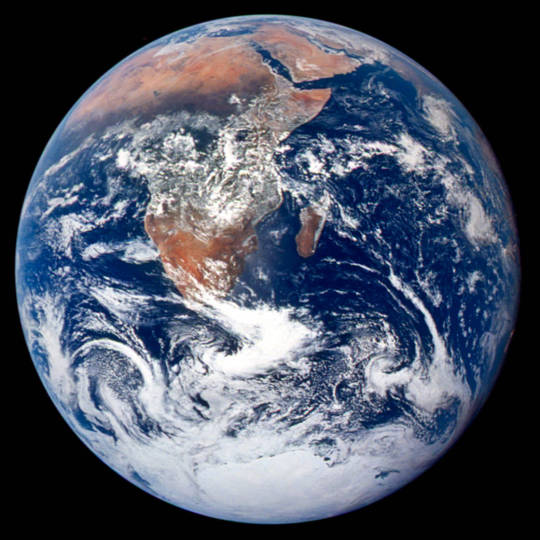
Ways NASA Studies the Ocean
We live on a water planet. The ocean covers a huge part of the Earth's surface – earning it the name Blue Marble.
The ocean is one of Earth’s largest ecosystems and helps moderate Earth’s climate. NASA scientists spend a lot of time studying the ocean and how it is changing as Earth’s climate changes.
In the last few years, NASA has launched an array of missions dedicated to studying this precious part of our planet, with more to come. For World Oceans Month, which starts in June, here are new ways NASA studies the ocean.
youtube
1. Seeing the colors of the ocean 🎨
A new NASA mission called PACE will see Earth’s oceans in more color than ever before. The color of the ocean is determined by the interaction of sunlight with substances or particles present in seawater.
Scheduled to launch in 2024, PACE will help scientists assess ocean health by measuring the distribution of phytoplankton, tiny plants and algae that sustain the marine food web. PACE will also continue measuring key atmospheric variables associated with air quality and Earth's climate.

2. Surveying surface water around the globe 💧
The SWOT satellite, launched in late 2022, is studying Earth’s freshwater – from oceans and coasts to rivers, lakes and more – to create the first global survey of Earth’s surface water.
SWOT is able to measure the elevation of water, observing how major bodies of water are changing and detecting ocean features. The data SWOT collects will help scientists assess water resources, track regional sea level changes, monitor changing coastlines, and observe small ocean currents and eddies.
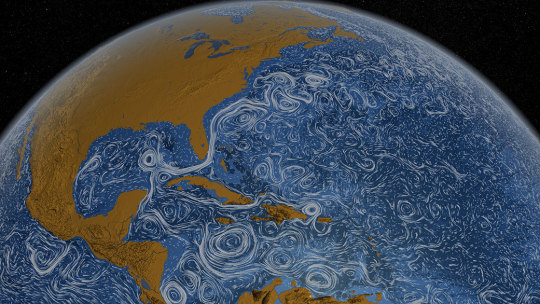
3. Setting sail to understand interactions between the ocean and atmosphere 🚢
With research aircraft, a research ship, and autonomous ocean instruments like gliders, NASA’s S-MODE mission is setting sail to study Earth’s oceans up close. Their goal? To understand ocean whirlpools, eddies and currents.
These swirling ocean features drive the give-and-take of nutrients and energy between the ocean and atmosphere and, ultimately, help shape Earth’s climate.
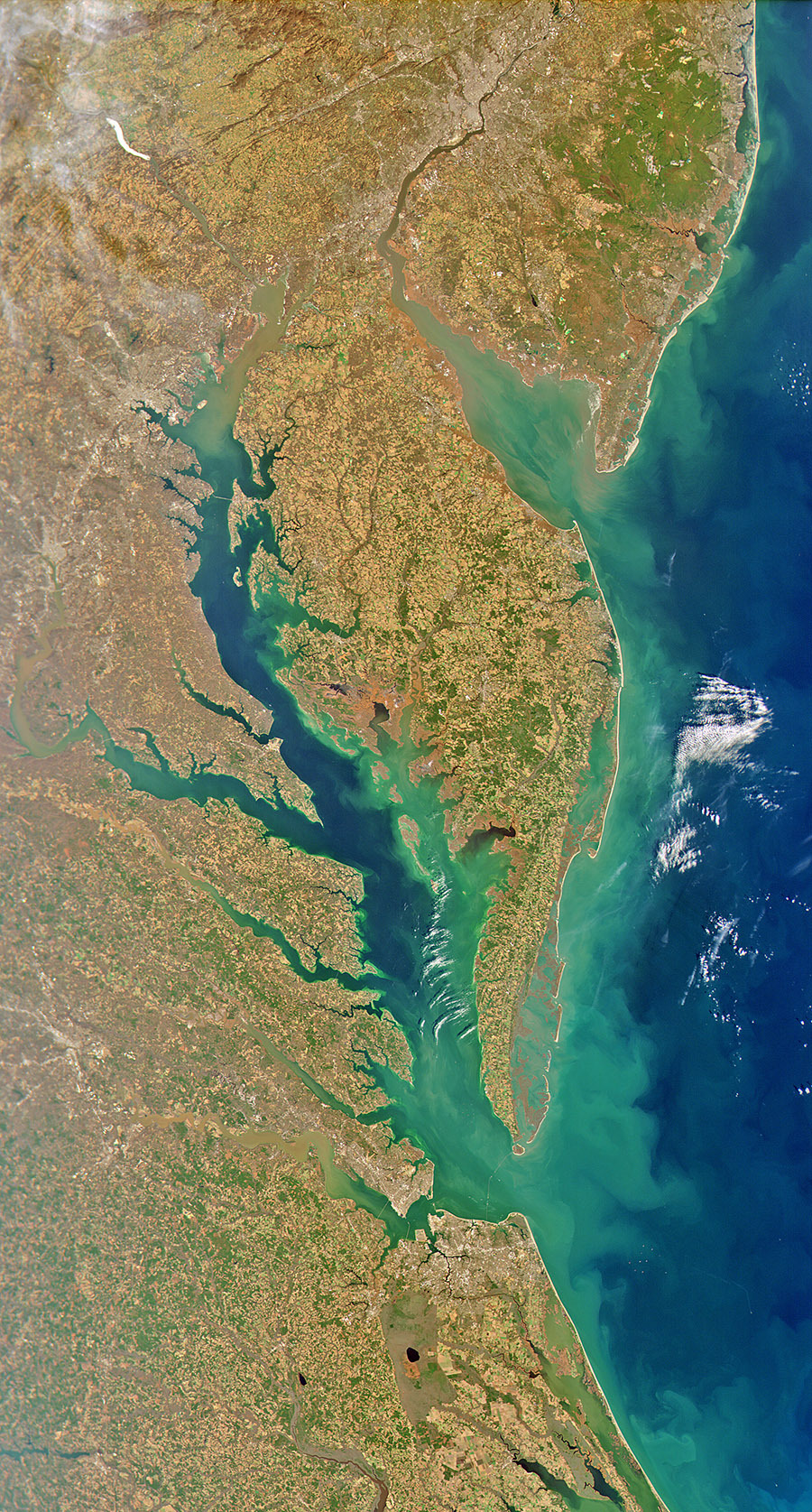
4. Building ocean satellites the size of a shoebox 📦
NASA’s HawkEye instrument collects ocean color data and captures gorgeous images of Earth from its orbit just over 355 miles (575 kilometers) above Earth’s surface. It’s also aboard a tiny satellite measuring just 10cm x 10 cm x 30 cm – about the size of a shoebox!

5. Designing new missions to study Earth’s oceans! 🌊
NASA is currently designing a new space-based instrument called GLIMR that will help scientists observe and monitor oceans throughout the Gulf of Mexico, the southeastern U.S. coastline and the Amazon River plume that stretches to the Atlantic Ocean. GLIMR will also provide important information about oil spills, harmful algae blooms, water quality and more to local agencies.

6. Taking the ocean to new heights ⬆️
The U.S.-European Sentinel-6 Michael Freilich satellite is helping researchers measure the height of the ocean - a key component in understanding how Earth’s climate is changing.
This mission, which launched in 2020, has a serious job to do. It’s not only helping meteorologists improve their weather forecasts, but it’s helping researchers understand how climate change is changing Earth’s coastlines in real time.
Make sure to follow us on Tumblr for your regular dose of space!
2K notes
·
View notes
Text



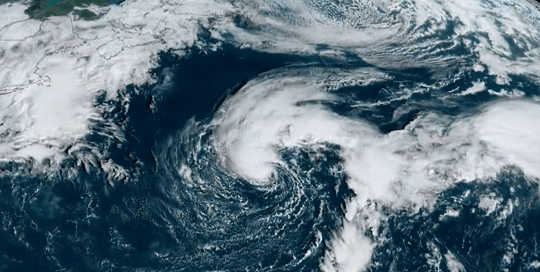
Hurricane —Lisa and Martin l CIRA
#satellite#atmosphere#weather#hurricane#tropical storm#earth#hurricane Lisa#clouds#floods#rain#rainstorm#nature#natural disaster#caribbean sea#ocean#north atlantic#sea#planets
4K notes
·
View notes
Text
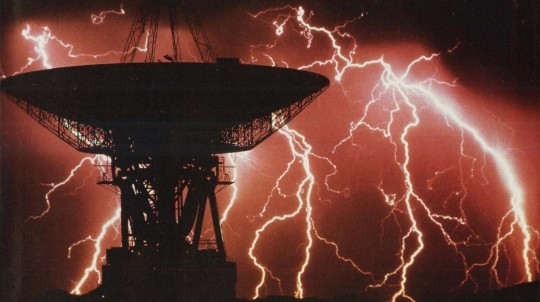
Satellite Lightning
#art#nostalgia#1980s#vaporwave#aesthetic#vintage#magazine#neon colors#1990s#neon#90s#lightning#storm#satellite#weather#clouds#night#electronic#photography#photo#science
74 notes
·
View notes
Text
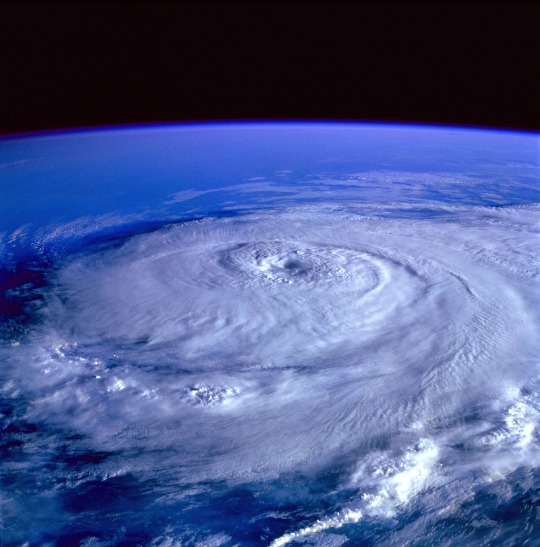
via
#hurricane#aerial#aerial photography#satellite images#earth#blue#storm#weather#science#space#planet#photography#nature#water
997 notes
·
View notes
Text

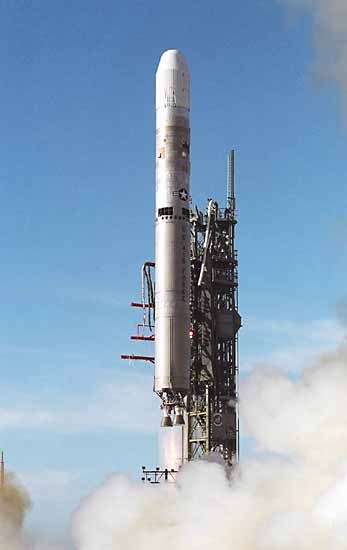
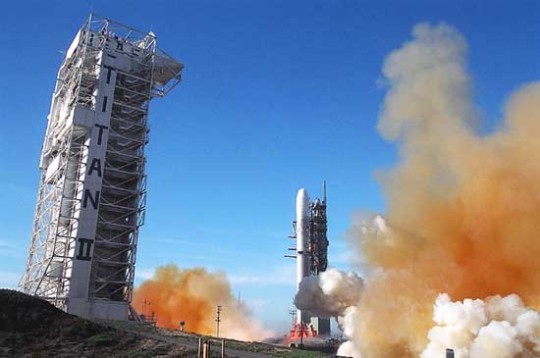

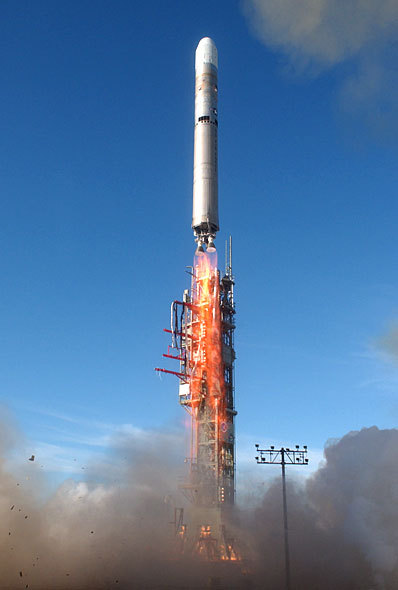

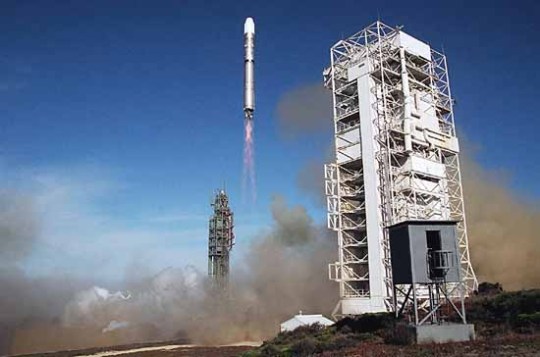

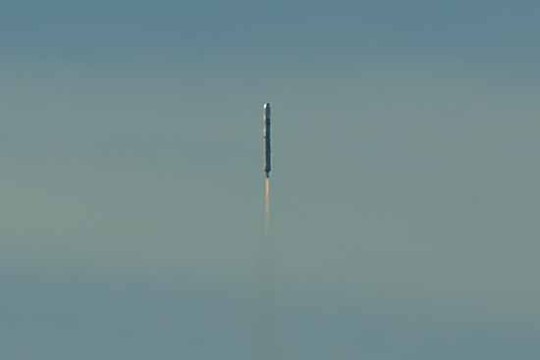
Titan II(23)G carrying USA-172 (DMSP-5D3 F-16), a DMSP weather satellite, liftsoff at 9:17a.m. PST from SLC-4 West at Vandenberg Air Force Base, California. This was the last launch of the Titan II. A total of 282 Titan IIs were launched between 1962 and 2003, of which 25 were space launches.
Date: October 18, 2003
source, source
#Titan II#rocket#launch#USA-172#Weather Satellite#SLC-4 West#SLC-4W#SLC-4#Space Launch Complex 4 West#Space Launch Complex 4#Vandenberg Air Force Base#VAFB#California#United States Air Force#U.S. Air Force#US Air Force#USAF#Department of Defense#DoD#October#2003#my post
39 notes
·
View notes
Photo


Sixty years ago today, the US military accidentally created a strong geomagnetic storm, the result of a nuclear test called "Starfish Prime." The blast sparked auroras over Hawaii and led to the early demise of all satellites in Earth orbit at the time.
Spaceweather.com has the complete story!
If you’re worried you might have fucked something up let me assure you that you have not fucked up this badly. you’re gonna be okay
#space#auroras#space weather#geomagnetic storm#starfish prime#news#NEAT#also DUMBASSES#goodbye satellites
328 notes
·
View notes
Text
the fact that keronians in the military canonically get their own merch sold of them as a part of kerons propaganda scheme is something i gotta keep in mind when im making my own orikeros. like theres so much silly potential there.
#I've already got an idea that people can take tours of the weather satellite sorta like how one can tour govt buildings and money mints#overpriced gift shop items anyone?
8 notes
·
View notes
Text






I FUCKING LOVE LEARNING ABOUT THE LOGISTICS OF WEATHER FORECASTING!!!!!!
#personal stuff#dougie rambles#weather#weather forecast#weather forecasting#noaa#meteorology#weather station#weather balloon#satellites#gushing#forecasting#data#data analysis
27 notes
·
View notes
Text
if i met gansey we would not talk. we would either communicate via echolocation or not at all
#oh ur not a gansey girl? okay well sorry to hear u couldnt pick up on the biological sonar he emits continuously but thats not my fault#me and gansey if we were to meet. we would share the sort of bond only bats or dolphins or wales could fathom#gans#i want to fasten him to the roof of my house like a tv satellite. i want to use him as a weather vane
37 notes
·
View notes
Text
0 notes
Text
pls reblog if you vote for bigger sample size
#mine#poll#Australia#internet connection#I’m just CURIOUS#it was 40 degrees today and the wifi at work was fucked to HELL#idk what it was like at home today but hot weather usually makes it wacky#or if there are gales or thunderstorms#it affects the tv too???? like the satellite or something idk how technology works#also hate that you can’t edit your tags on polls. what if there’s a typo. what if there’s a thought I wanna add. staff fix this pls
19 notes
·
View notes
Text
24 hours on Earth as seen from geostationary orbit — captured by a weather satellite. 🌏🕰️
—
A geostationary orbit, also referred to as a geosynchronous equatorial orbit (GEO), is a circular geosynchronous orbit 35,786 km (22,236 mi) in altitude above Earth's equator, 42,164 km (26,199 mi) in radius from Earth's center, and following the direction of Earth's rotation.
2 notes
·
View notes
Text
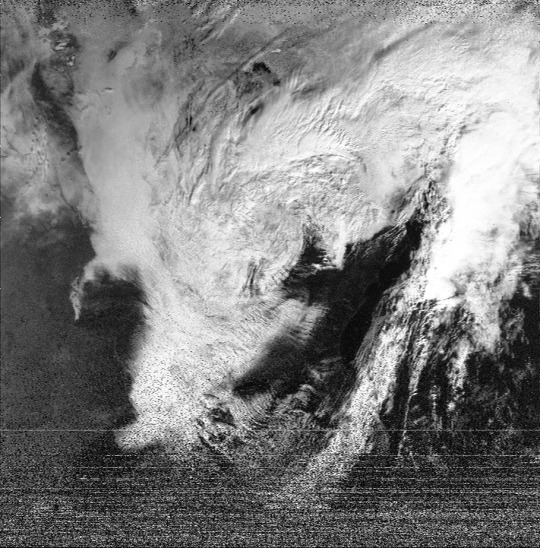
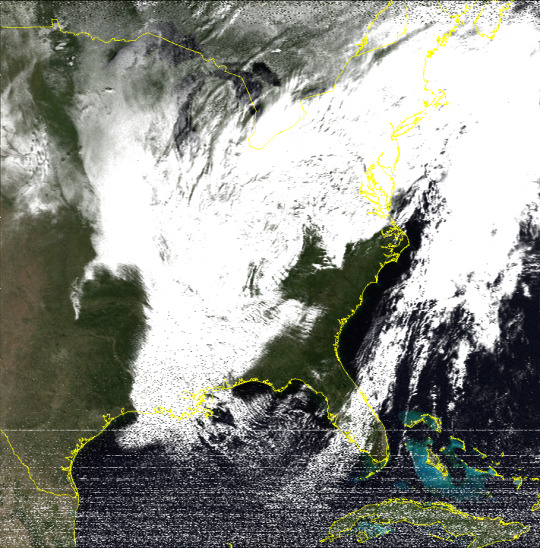

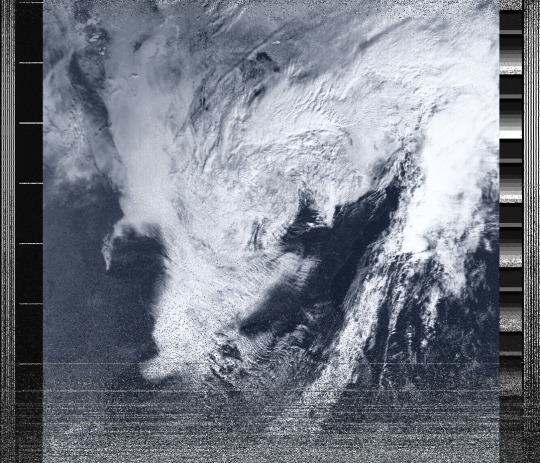

Decoded images from the NOAA-18 satellite
2 notes
·
View notes
Text
Something About a Popular Doctor Who Episode That Confuses Me Slightly
The Waters of Mars. It's good and stuff.
Now, with that out of the, one of the things we're supposed to learn from 10's arc here is that the Doctor's companions keep him sane so he doesn't do shit like this.
But, "shit like this" is saving the lives of people who aren't supposed to be saved because something something Fixed Points Laws of Time etc. Most human companions can't really comprehend the importance of the Laws of Time, which with 60 years of show, are naturally really inconsistent.
So if, Donna, for example, was there with the Doctor on Mars in 2059, would she really have stopped him from saving people? She might've gotten onto him for taken like a god, but then the problem isn't that the Doctor changed history, just that he was really smug about it.
Honestly, I can't blame all the confusion on this one episode, since the Laws of Time change constantly.
In the very first season of the classic series, changing history is simply impossible. Things that are supposed to happen will happen. Barbara stops a human sacrifice, the victim is offended and offs himself anyway, everything goes on as it would've if she hadn't stopped the sacrifice.
The later Hartnell era had changing history be theoretically possible but you don't do it, because you just don't. It's against the rules. They don't go into the consequences. Anyone who tries to change history is stopped before they can change anything, so we don't what would happen if something was actually changed.
The rest of the classic series wasn't as interested in history in general as the Hartnell era. The Laws of Time and Not Changing History really only came up as a response to "Doctor, why can't we do the obvious and use our time machine to solve this problem?".
"Doctor, why can't we use our time machine to get Adric off the ship before it crashes?"
"We can't. It's against the rules. Shut up."
Then, along comes the new series and the first season decides to show the consequences of history being changed. Rose stops her dad from dying and we get the Reapers. So, if history is changed, it triggers the apocalypse and the Void Monsters will eat everything. A very good reason not to break the rules.
But then when the Doctor breaks the rules in The Waters of Mars, there are no Reapers. You might think it's because, when Adelaide figured out that she was supposed to die, she corrected the problem. But, the Doctor also saved two other people who were also meant to die and absolutely nothing happens.
A companion who has to take the Doctor's word for it that something is a fixed point and can't be changed, probably wouldn't stop him from changing his mind and changing it anyway, especially if they saw that there were no consequences.
The real reason the show can't change history is because the audience already knows how it goes. We know what happens to Pompeii. We know that the Aztecs kept doing human sacrifice after whatever time the TARDIS landed in. We know that the Great Fire of Rome will happen, so the Doctor accidentally inspiring it is no big deal.
The stories where the Doctor just shows up somewhere and overthrows the government take place on alien planets or in the audience's future. We don't know how the 22nd Century Dalek Invasion of Earth is supposed to play out. So, the Doctor and company can basically do whatever they want when they land there.
This is really funny when old episodes show their age and take place in what was then the future, but is now the past. The Enemy of the World explicitly takes place in 2018. From 2023, we know that 2018 didn't look like it did in The Enemy of the World. Doctor Who also knows that, since Ryan, Graham, and Yaz are all from 2018 and we meet them in 2018, which looks more like the real 2018, because it was written by people who knew what 2018 looked like.
But it makes you wonder: Is the 2018 the 13th Doctor fell into different from the 2018 the 2nd Doctor landed in because of the Doctor changing history? Did something happen during the UNIT era that changed the course of history so we ended up with the 2018 we got? And what would that mean for later on? Is the 22nd century Susan settled down in still the future of the 13th Doctor's 2018? If not, where did it go? Is Susan in a time or place that stopped existing?
So, simple rules: In a historical story, where the audience knows how history is supposed to go, or can learn it from a source other than a Doctor Who episode, you can't change events. But, in a sci-fi story, where everything is completely made up, we can do whatever we want.
And then The Waters of Mars happens in 2059. It's hard to say "we can't change history" to someone who is looking at the future. This wouldn't be history to Donna. It's not history to the audience. The idea that there's a specific way that this is supposed to go is something we have to take the show's word for. If the Doctor's actions change events in 2059, it has no effect on an audience watching in 2009 or 2023. By changing events and saving people, the Doctor is, from the audience's perspective, just doing his job.
So, we have to give a lot of credit for how the episode was written, acted, shot, scored, etc, that the audience can even believe that what the Doctor did was wrong. You have him use the Master's catchphrase, call himself something un-Doctorish like The Time Lord Victorious, call other people he's rescued "little people", and just generally sound power-mad and smug, and it feels like what he's doing is wrong, even if it doesn't seem quite as wrong when you give it any thought.
But still, would Donna Noble have prevented the Doctor from changing this fixed point in time? Probably not. Would she have gotten on to him for being smug about it? Definitely. So the line 10 crosses really isn't changing history. It's having a bad attitude about it.
#the waters of mars#tenth doctor#rambling about new who for a change#time lord victorious#why couldn't we have gotten the sexy spy 2018?#at least the evil politicians in that 2018 were cool#and they had passenger rockets#and weather satellites that could probably fix climate change#we got the shitty 2018
2 notes
·
View notes